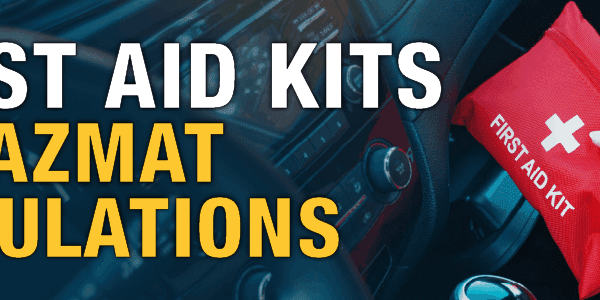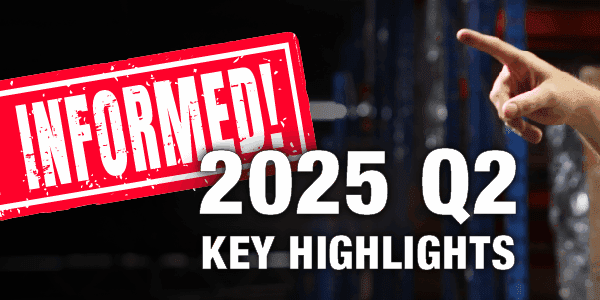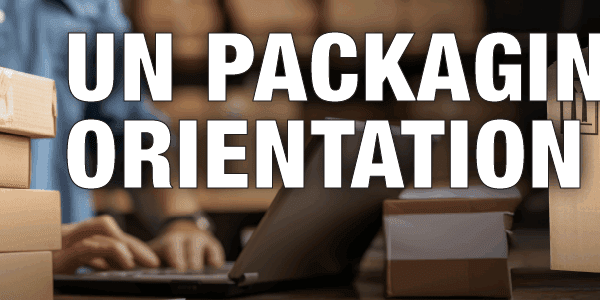
- Refillable and non-refillable pressurized containers to include propane containers
- Oil filters
- Antifreeze
- Oil containers
- Paints and coatings
- Pesticides
- Solvents
- Barometers, thermometers, and thermostats
- Fertilizers
Are you aware of the new hazardous and special product regulation (HSP)?
This new regulation that came into effect on October 1st, 2021, is part of the Resource Recovery and Circular Economy Act, 2016 (RRCEA) but is under the umbrella of the Resource Productivity and Recovery Authority (RPRA). The fundamental purpose of this new regulation builds on other similar regulations related to waste, for example – waste tires, batteries, and electrical and electronic equipment (EEE) regulations. This new addition will tackle the waste generated primarily by the automotive industry, with similar goals to:
- Divert some very specific hazardous product waste from landfills, and;
- Divert the financial cost of recovery of the resulting waste to also include packaging back to the producers of the product.
The Resource Productivity and Recovery Authority (RPRA) does not determine the policy, but it simply enforces what the Ontario’s Ministry of the environment, conservation, and parks legislates. Thus, the RPRA ensures the producers establish collection and management systems to meet regulatory requirements.
If I am a producer, what should I do next?
- Producers must register with the RRPA then;
- They can partner with a registered Producer Responsibility Organization (PRO). PROs can assist and be contracted by producers to provide collection, management, and administrative services to help meet regulatory obligations. Click here for more information.
Other upcoming regulations to be aware of:
- Coming into play as of July 1st, 2023 (and having a gradual transition period until December 31, 2025), the current blue box program plan will transition to the new regulatory framework for resource recovery. There are three types of blue box materials: product packaging, paper products, or packaging-like products;
- December 1st, 2021, the excess Soil Registry will come into effect to keep track of the 25 million cubic meters of excess soil that is dug up and moved during construction. Soil is valuable, but there is a need to ensure the environmental cost of moving such amounts by trucks, keep track of its environmental impacts, and protect municipalities from illegal dumping.
In closing, these new regulations will certainly impact some of you working in the automotive industry and in the future in our homes when recycling and utilizing blue boxes. So, as we move forward, it is clear that regulations will be increasing the diversion of waste and cost from the general public to certain industries and certain individuals.
Stay up to date and sign up for our newsletter!
We have all the products, services and training you need to ensure your staff is properly trained and informed.
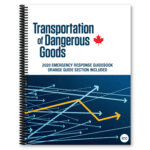 Canadian Transportation of Dangerous Goods (TDG) Regulations in Clear Language, English |
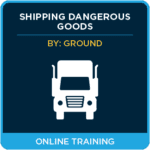 Shipping Dangerous Goods by Ground in Canada |
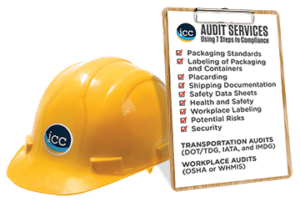 OSHA Plant Audits & Transport Audit Services |

